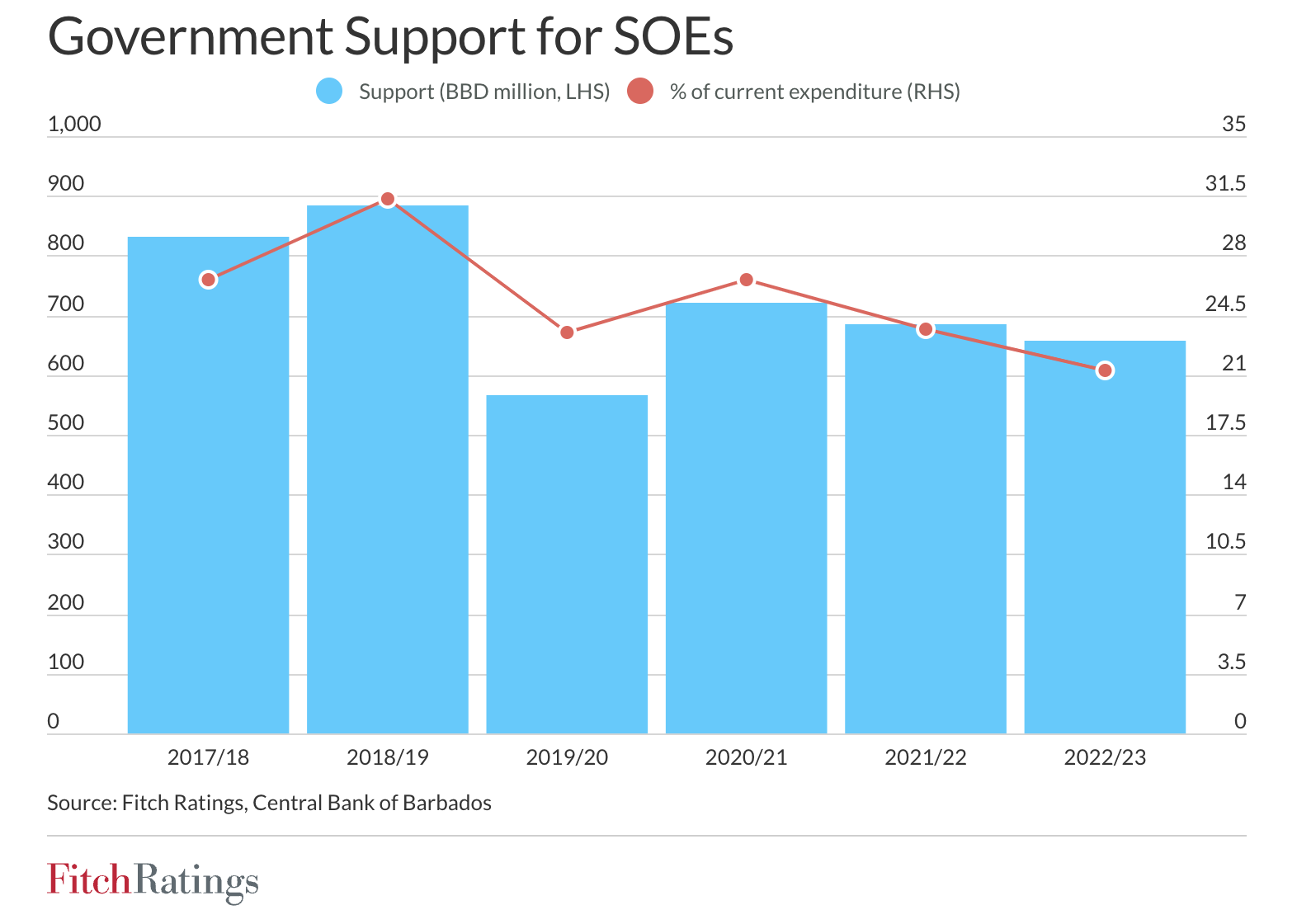Hardly a week seems to go by without one or two prominent figures calling for, or in some cases demanding, more use of local produce by our tourism industry and especially restaurants. First, I absolutely and totally support this objective but I wonder if the energy expended in trying to make this happen is entirely well placed or in fact truly balanced.
Some time ago the dairy farmers were complaining about being forced to accept lower prices and reduced quotas, the virtual monopoly milk processing entity unilaterally stopped making yogurts locally, pretty much a basic serving menu article in most hotels and alternative accommodation offerings. No-one can convince me that it is cheaper to bring in a foreign made refrigerated alternative across 6,000 or more miles by road and ship and for the wholesale distributors to always disperse them within the stated sell by date. There has to be waste and spoilage.
I also understand the economics of mass branded cheeses like Cheddar, but surely there are specialty items that can be made locally like double cream, feta and cottage cheese which are largely imported with a huge drain of foreign currency.
Staying with dairy produce, is it really cheaper or more desirable to bring in New Zealand milk powder from up to 12,000 miles away when you include trans shipping to make a ‘local’ ice cream?
Next is the problem of supply and demand. After decades of having tourism as our biggest single industry, we still appear to be struggling to get this scenario right, even when again it’s down to basic everyday consumer items like eggs, chicken and turkey breasts and others. Let alone the variety of vegetables that visitors from our markets take for granted, but when on-island find it difficult to comprehend that with our fertile land, sun and rain cannot obtain everyday produce on a consistent basis.
It will also be interesting to see exactly what is sourced and purchased locally when Sandals re-open after being granted unparalleled concessions, which the entire rest of the sector is still fighting for and yet to receive 15 months later. Feeding what has been described as a full hotel with up to 560 guests eating at least three meals a day present massive logistical challenges, so I hope that our agricultural sector can rise to the task. Otherwise the regular tirades condemning the remaining hospitality partners may appear to just have been window dressing aimed at the general populous, who may not fully understand the workings and difficulties presenting tourism here.
Perhaps the representative of the most vocal body who according to a political website has ‘devoted much of his time to looking after the interests of the farming community’ can report back to the people to at least re-assure us that the taxpayers ‘investment’ is reaping real rewards for his followers.
Ultimately, we all have to champion food security and conserve increasingly valuable foreign exchange and just maybe Sandals, might help persuade Pine Hill to think again about those yogurts and specialty milk products.





The blogmaster invites you to join the discussion.